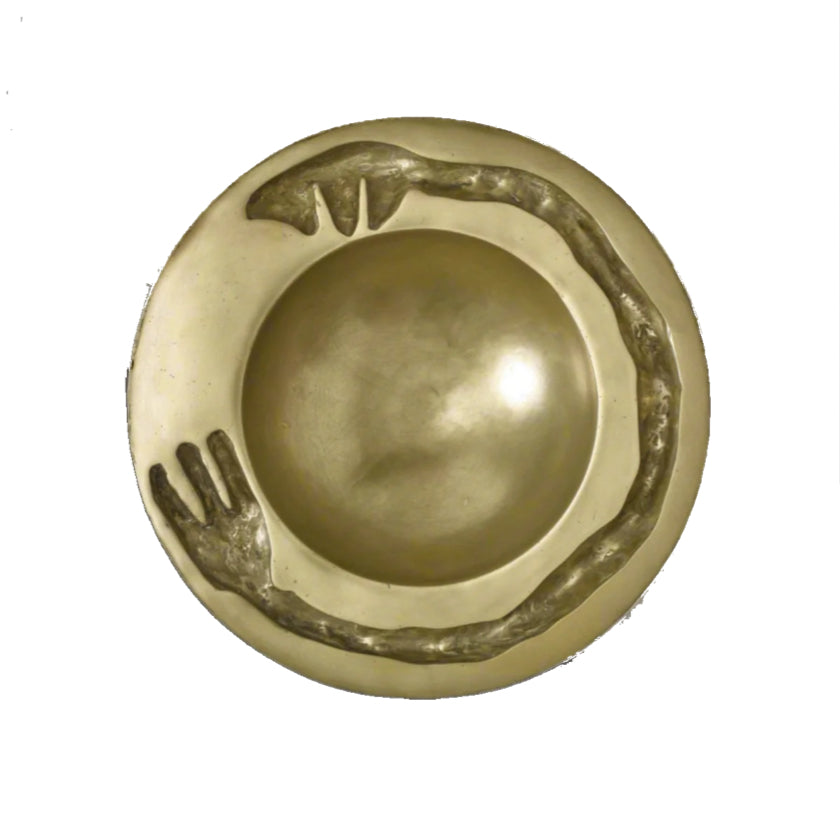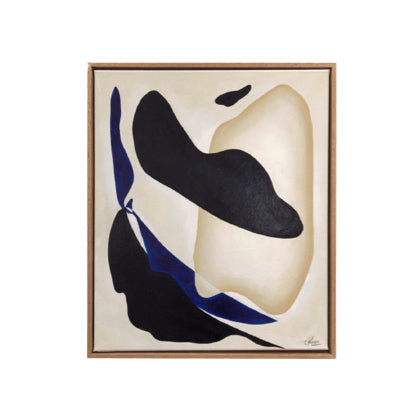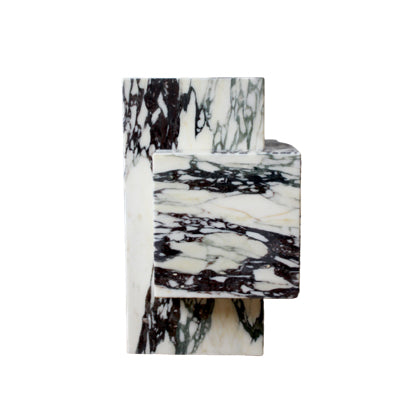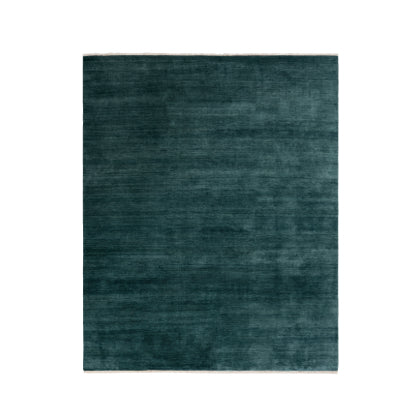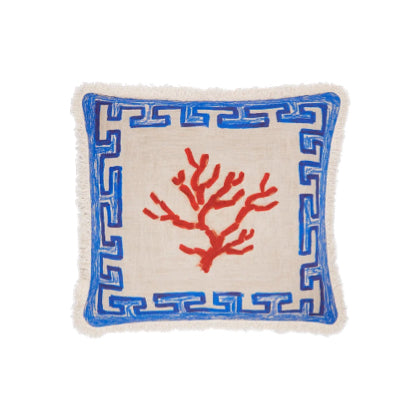Wabi sabi nightstand
Understanding the Philosophy of the Wabi Sabi Nightstand
At the heart of Japanese aesthetics lies the philosophy of wabi-sabi, which celebrates the beauty in imperfection and the passage of time. This design ethos encourages us to appreciate the natural world and the transient nature of life. A wabi sabi nightstand embodies this philosophy beautifully, featuring organic shapes, earthy tones, and textures that tell a story. Rather than seeking perfection, each piece in this collection invites you to see the elegance in simplicity and asymmetry, making it a perfect addition to any Japandi-inspired space.
Our curated collection of nightstands reflects a deep respect for craftsmanship and nature. Each piece is carefully selected to highlight the unique characteristics that define wabi-sabi design. From reclaimed wood that showcases its history to ceramic finishes that bear the marks of their making, these nightstands offer a serene complement to your decor. They serve not only as functional furniture but also as conversation starters, inviting you to reflect on the beauty of the imperfect.
Incorporating a wabi-sabi nightstand into your bedroom creates a tranquil atmosphere, fostering mindfulness and calm. Its presence encourages you to slow down and appreciate the everyday moments that often go unnoticed. By choosing one of these thoughtfully crafted pieces, you're not just enhancing your space; you're also embracing a lifestyle that values authenticity and connection to nature. This collection stands as a testament to the enduring elegance of simplicity, making it a heartfelt addition to any home.
Japanese design philosophy emphasizes simplicity and natural beauty, often reflecting a deep connection to nature. This approach instills a sense of calm and tranquility within living spaces, making them feel more harmonious. Minimalism in Japanese decor is not merely about having fewer items; it's about curating pieces that possess meaning, functionality, and a story. Each element is chosen with care, leading to a cohesive aesthetic that celebrates the beauty of imperfection and the passage of time.
One of the hallmarks of Japanese design is the use of natural materials, such as wood, stone, and textiles, which enhance the organic feel of a space. The craftsmanship involved in creating furniture pieces exemplifies meticulous attention to detail and respect for materials. This tradition is evident in the artistry of joinery and the finishes that highlight the natural grain of wood. Such elements not only contribute to the beauty of the furniture but also reflect the cultural values of sustainability and mindfulness.
Incorporating Japanese design elements into modern decor, like a nightstand, allows for a seamless blend of function and aesthetic. The Japandi style, which merges Scandinavian minimalism with Japanese elegance, has become increasingly popular. This fusion creates environments that are both cozy and sophisticated, inviting relaxation and reflection. By embracing these principles, one can cultivate a serene atmosphere that honors the essence of Japanese artistry and philosophy.
Japandi decor beautifully merges the simplicity of Japanese aesthetics with the functionality of Scandinavian design. This harmonious blend invites warmth and tranquility into your space, making it perfect for a nightstand choice. When styling your nightstand, consider incorporating natural materials such as wood or stone, which resonate with both cultural influences. A minimalist approach is essential; avoid overcrowding the surface with too many items. Instead, choose a few select pieces that reflect your personal style while adhering to the principles of balance and calmness.
Integrating Japandi elements into your nightstand can be as simple as selecting a muted color palette of earthy tones, which promotes serenity. Accent your nightstand with carefully selected decor items like a small ceramic vase or an elegant lamp that emphasizes clean lines. Textiles, like a soft linen or cotton runner, can add a touch of comfort without overwhelming the design aesthetic. Remember, the key to successful Japandi styling is to maintain a sense of space and simplicity, allowing each piece to breathe and be appreciated individually.


